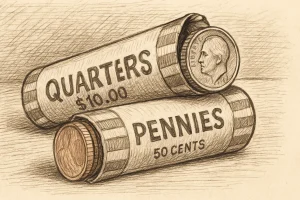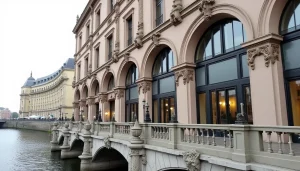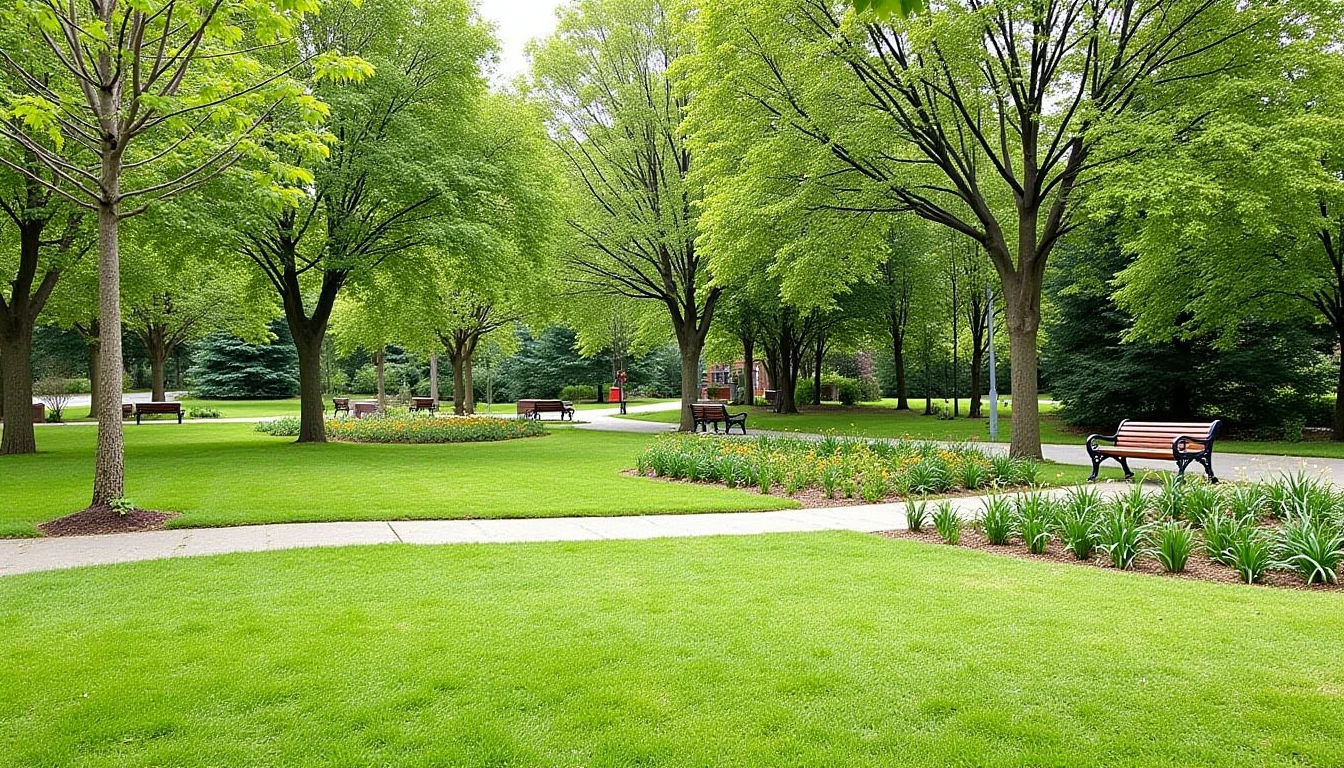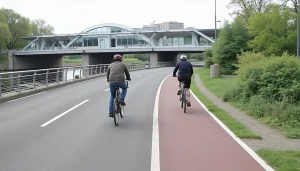The Historic Bergholz Church
The Bergholz Church is not just another religious structure; it stands as a testament to Riverside-Mitte’s rich architectural heritage. Nestled on the banks of the Spree, this church offers a serene retreat from the bustling city life. Its origins can be traced back to 1953 when it was built as part of a broader project aimed at revitalizing post-war Berlin. The church’s design is unique, blending modernist elements with traditional Gothic influences, creating an architectural masterpiece that resonates with both history and progress.
The Bergholz Church’s interior is equally captivating, featuring large stained-glass windows that cast colorful patterns on the wooden pews during daylight hours. These intricate glassworks not only serve as functional lighting but also tell stories of biblical narratives through their vibrant imagery. The church’s acoustics are particularly noteworthy, providing an ideal setting for choral performances and concerts that draw visitors from across Berlin.
One cannot overlook the church’s role in fostering community cohesion. Beyond its religious functions, it serves as a venue for various cultural events, workshops, and exhibitions. This multifunctional approach enhances the spiritual atmosphere while also promoting social interaction among locals. The Bergholz Church is a living example of how architecture can transcend mere aesthetics to become an integral part of daily life.
The Börse Schlesischer Bahnhof
The Börse Schlesischer Bahnhof, once Berlin’s central stock exchange before the division of the city in 1945, now stands as a prominent landmark in Riverside-Mitte. This striking building, located near the S-Bahn station, has been meticulously restored and repurposed to house several cultural institutions and businesses. Its historical significance is palpable; it reflects Berlin’s tumultuous history while embracing its current role as an economic and cultural hub.
The exterior of Börse Schlesischer Bahnhof is a marvel in itself, characterized by grand columns, ornate façades, and towering spires that dominate the skyline. The building’s Neo-Baroque style showcases intricate detailing, with sculptures depicting economic themes and allegories, symbolizing wealth and prosperity. Inside, the grand hall retains much of its original splendor, complete with a stunning ceiling fresco that adds an element of grandeur to the space.
Today, the Börse Schlesischer Bahnhof houses a mix of art galleries, boutiques, and cafes, creating a vibrant atmosphere for both residents and visitors. The integration of these diverse functions within one structure exemplifies the building’s adaptability and resilience in the face of changing times. It serves as an anchor point for cultural exploration, offering insights into Berlin’s economic history while providing spaces for contemporary artistic expression.
The Urban Garden Allee
The Urban Garden Allee is a hidden gem that breathes life into Riverside-Mitte with its lush greenery and serene ambiance. This urban oasis stands in stark contrast to the concrete jungle surrounding it, offering visitors an escape from the hustle and bustle of everyday city life. Spanning several hectares, this garden features meticulously maintained lawns, vibrant flower beds, and winding paths that invite exploration.
The garden’s layout is designed to create a harmonious blend of natural beauty and architectural simplicity. Benches placed strategically along the pathways provide spots for relaxation and contemplation amidst nature. Visitors can enjoy quiet moments while admiring the diverse flora, including rare species and seasonal blooms. The Urban Garden Allee also hosts seasonal events like outdoor concerts and art installations, further enhancing its appeal as a cultural destination.
Another highlight of this urban garden is its sustainable practices. Committed to environmental stewardship, it uses eco-friendly methods for gardening, such as rainwater harvesting systems and organic composting techniques. These initiatives not only conserve resources but also promote biodiversity within the city limits. The Urban Garden Allee stands as an example of how cities can integrate green spaces effectively, creating healthier environments for both humans and wildlife.

The Spreebogenpark
Spreebogenpark is a sprawling recreational area that winds along the banks of the River Spree, offering panoramic views and lush landscapes. This park serves as a vital green lung in Riverside-Mitte, providing residents and tourists with ample space to relax, exercise, or simply enjoy nature. The park’s design thoughtfully incorporates elements from various architectural styles, resulting in an eclectic yet harmonious aesthetic that complements its natural surroundings.
One of the most striking features of Spreebogenpark is its extensive walking trails, which weave through meadows and forests, leading visitors to picturesque viewpoints along the river. These paths are well-maintained, making them accessible for all ages and abilities. Additionally, the park boasts several play areas equipped with modern playground equipment, ensuring that children have plenty of space to explore and engage in physical activities.
Spreebogenpark also plays host to numerous seasonal events throughout the year, further enriching its cultural significance. During summer months, it transforms into an outdoor venue for open-air concerts and film screenings. These events attract large crowds, fostering a sense of community among locals who gather under the stars or by candlelight. The park’s versatile use underscores its role as more than just a passive green space but rather an active participant in Riverside-Mitte’s vibrant social fabric.
The Kastanienallee
Kastanienallee is a charming street known for its majestic chestnut trees, which provide ample shade along its length during the summer months. This tree-lined boulevard extends from Potsdamer Platz to the Oberbaumbrücke, creating a picturesque walkway that epitomizes Berlin’s unique blend of history and modernity. The avenue is lined with cafes, boutiques, and art galleries, making it a popular destination for both locals and tourists alike.
The historical significance of Kastanienallee lies in its role as one of Berlin’s oldest streets. Originally part of the Berliner Mauer (Berlin Wall) route, it now stands as a symbol of unity and openness. Each tree on this avenue is a reminder of the city’s resilience and ability to heal after decades of division. The street’s architecture ranges from early 19th-century buildings with ornate facades to more contemporary structures that reflect Berlin’s evolving identity.
One cannot visit Kastanienallee without experiencing its vibrant café culture, which thrives thanks to the ideal outdoor seating arrangements provided by the chestnut trees. During warmer seasons, these establishments buzz with activity as patrons savor coffee, pastries, and other culinary delights while enjoying the pleasant weather. The street also hosts regular markets featuring local artisans and vendors selling handmade crafts and produce, adding to its lively atmosphere.









